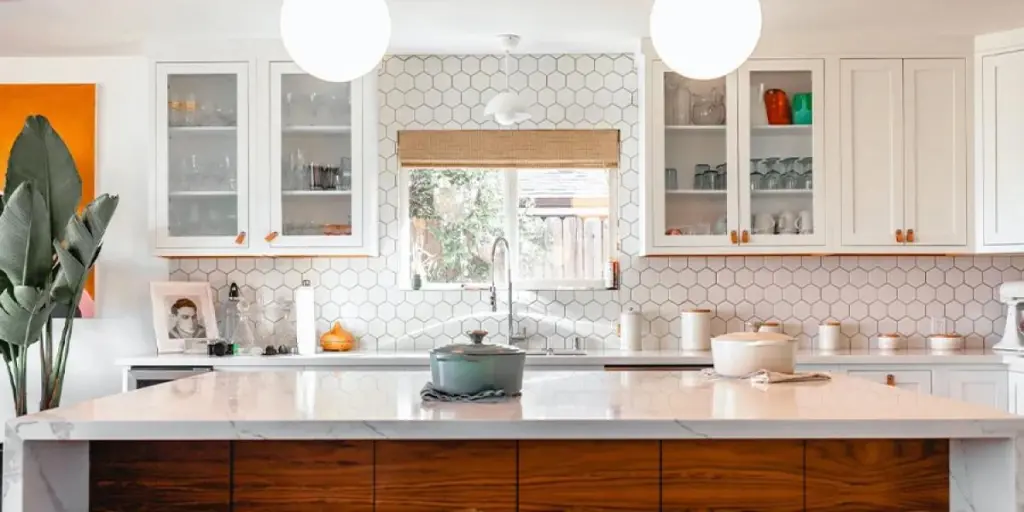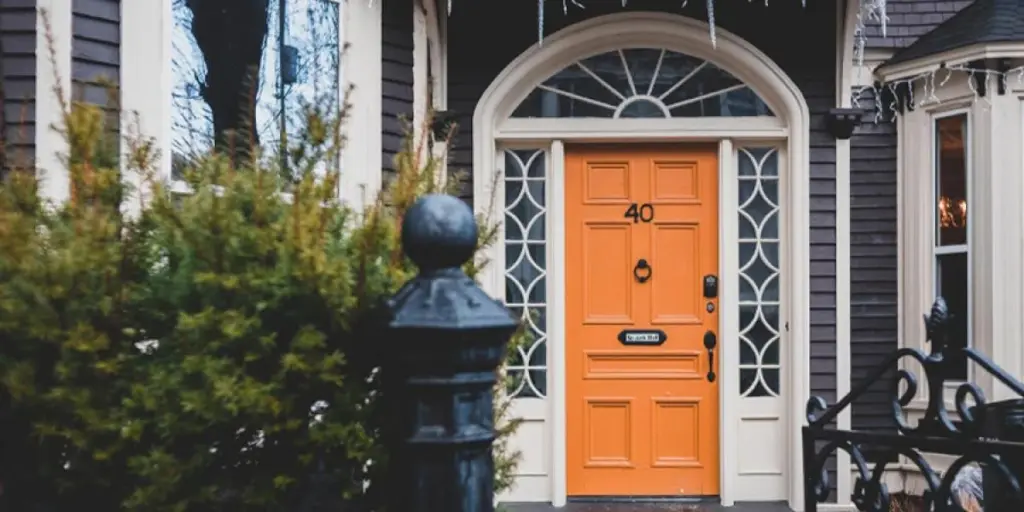This article provides buyers with information about the interior decorating industry, including why sintering stone is popular and it is essential to invest in it. Scroll down to learn about sintered stones’ benefits, uses, and cost and how they differ from natural stones. But first, let us examine the most recent developments in the tile industry.
Table of Contents
An overview of the tile industry
Properties and characteristics of sintered stone
Why sintered stone is worth the hype
An overview of the tile industry
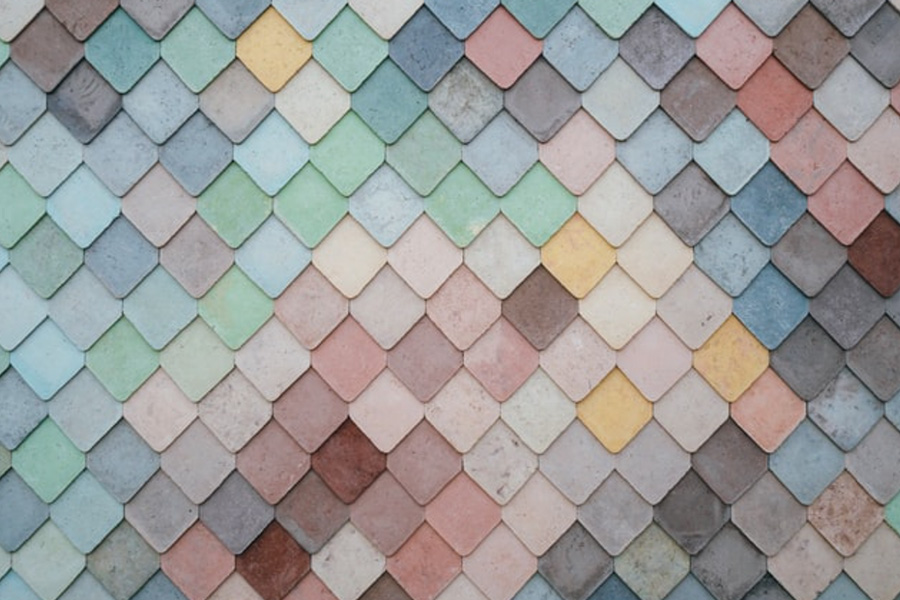
The tile industry was worth $207.7 billion in 2020 and is predicted to increase to $285.1 billion by 2025 at a CAGR of 6.5 percent. The primary drivers of this industry include population expansion, increased investment in the residential and commercial sectors, increased interest in remodeling projects, and rising income levels.
Sintered stone is a popular trend in the interior design market because of its adaptability, practicality, affordability, and beauty. It is made artificially utilizing innovative technology and natural materials to create durable, flexible slabs. The stone looks like any naturally occurring stone but is created faster, saving time and allowing manufacturers to customize the color, size, texture, and size.
Properties and characteristics of sintered stone
What is sintered stone?
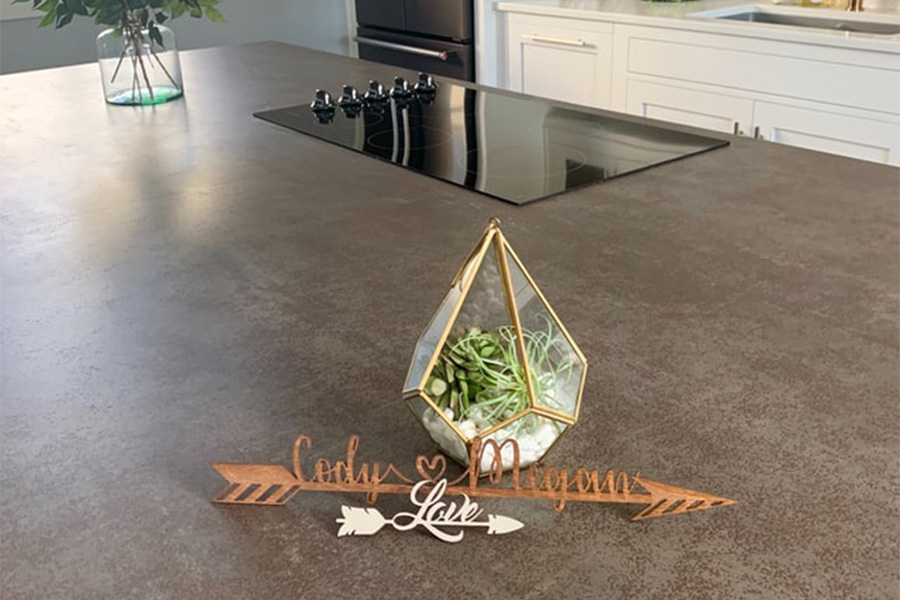
Sintered stone is a slab made entirely of natural materials with the help of advanced technology. Other stones, such as quartz, are 88-95% natural stones, depending on the manufacturer, and are mixed with polymers, resins, and pigments to hold the slab together. Sintered stone is unique because it is not combined with other materials. This stone is made with advanced technology and closely resembles the natural stone-making process. While natural stones like granite and limestone take hundreds of years to form, these stones only take a few hours.
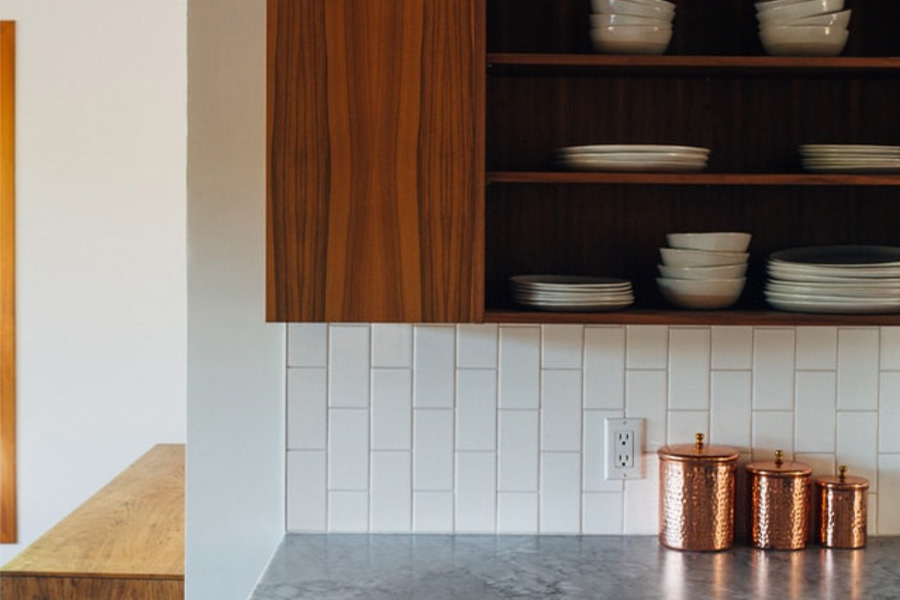
Sintered stones are created by fusing high-quality natural stone particles and minerals that are carefully selected for texture and color. These materials are subjected to high temperatures and pressure, just as natural stone formation occurs deep within the earth’s crust. This process is known as sintering and it is complete when all the particles are permanently fused without the use of additional bonding agents or resins. The finished product is a solid and durable slab that has many applications.
What is sintering?
Sintering is an artificial process that uses high temperatures to bind together natural materials without melting anything to form a firm slab. The process is similar to how the natural earth creates stones like marble deep beneath the crust. When making the slabs, the raw materials are fused under high pressures of up to 400 bars. They are then exposed to temperatures as high as 1200ºC, producing a solid and durable stone.
The materials are chosen by the manufacturer based on the desired outcome of the product. They select natural materials and hand-pick the color and texture based on that. The manufacturer usually also decides based on the intended use, such as fireplace surfaces, kitchen countertops, flooring, or wall cladding. Although the thickness of the sintered stone varies depending on the producer, the standard thickness is 12 mm. Some may be as thin as 3 mm for flooring, while others may be as thick as 20 mm for countertops.
How is sintered stone different from other stones?
Sintered vs. granite
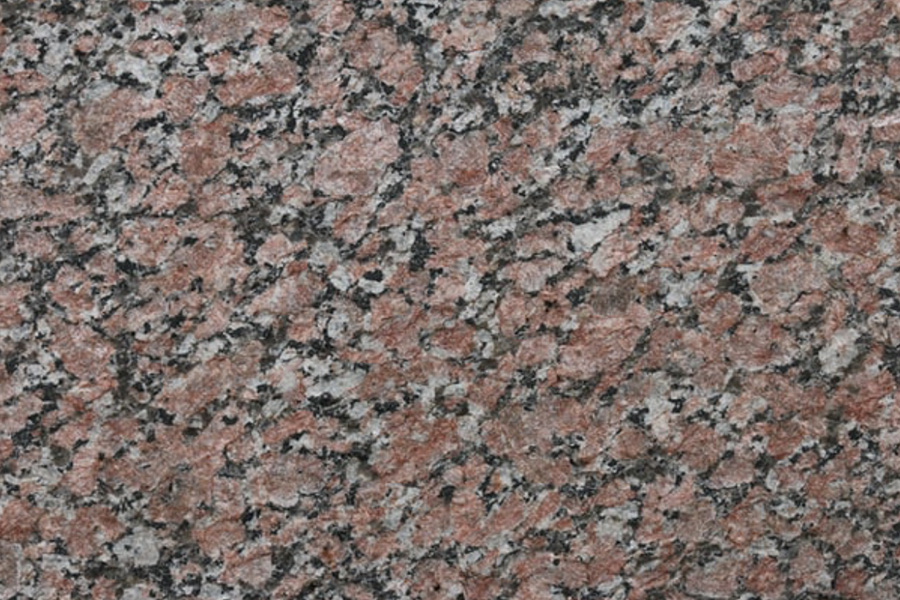
The main distinction is that sintered stone is manufactured artificially, whereas granite is naturally occurring. Because granite is natural, consumers have fewer options for color, pigmentation, and pattern than with sintered stone, which may be customized to meet specific needs. Granite must be sealed every six months since it is porous, whereas sintered stone is impermeable and does not require sealing. Granite is heavier than sintered stone, and thus installing it can be a challenge. Further, sintered stone has a high flexural structure, requiring less surface support and allowing for thinner countertops than granite.
Sintered vs. quartz
Sintered stone is composed entirely of natural components, whereas quartz contains natural and artificial substances such as binders and resins. One significant advantage of sintered stone is its excellent temperature resistance, as opposed to quartz, which can burn when subjected to heat.
Where is sintered stone used?
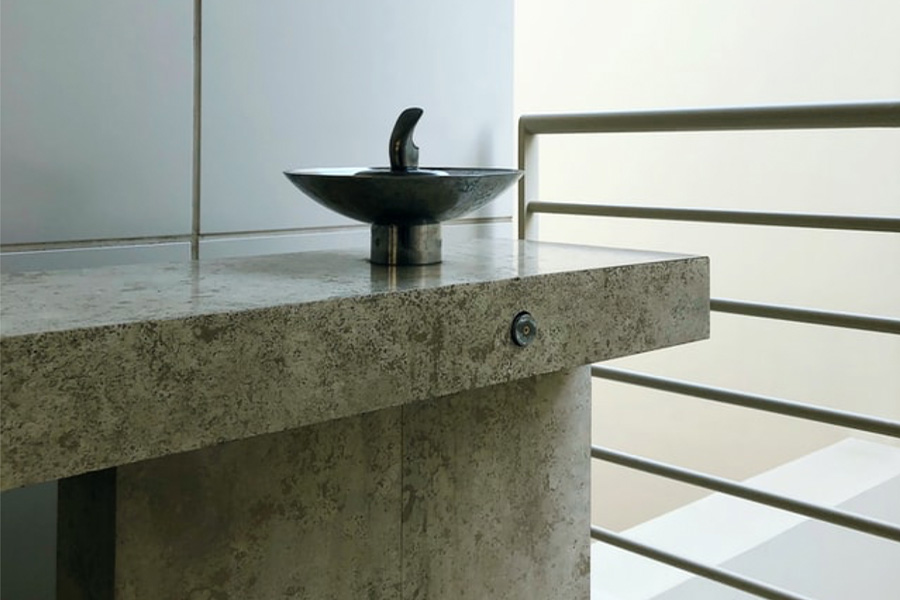
Sintered stone is highly versatile with a flawless finish, suitable for various applications. It is perfect for any application that makes use of natural stone. Depending on the manufacturer, it is designed for the following purposes:
- Kitchen countertops
- Flooring
- Wall cladding
- Patio flooring
- Bathroom vanities
- Fireplace surface
- Swimming pool flooring
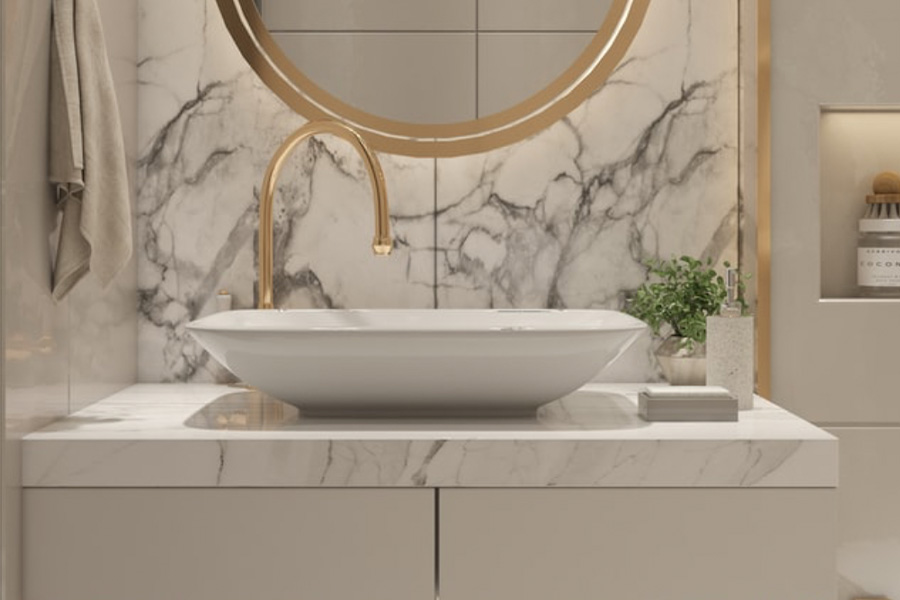
The stones come in various forms, including tiles for flooring and slabs for countertops. The majority of slabs made are large enough to meet residential and commercial needs. The only challenging aspect is size; if customers want a considerably large size, they may need to join the slabs together. Luckily, the consistency of the sintered slabs is superior to that of other traditional stones, so matching will not be a problem.
Benefits of sintered stones
Waterproof and stain-resistant
Because stone wall paneling is waterproof and weatherproof, it is ideal for bathrooms, spas, and other damp areas. They are easy to clean and resistant to stains from hygiene products. These panels come in various sleek sizes and have quickly become a popular choice among interior designers because of their exotic and sophisticated appearance. Both full or half-length, sintered wall panels add a luxurious touch to any room.
Unaffected by temperatures and easy to clean
Sintered stone can endure high temperatures, allowing users to place hot plates and dishes directly on the surface without damaging it. They are scratch-proof, non-porous, and ideal for use as a kitchen worktop surface. This stone is created utilizing cutting-edge technologies while keeping modern requirements in mind. Sintered stone is especially useful in the kitchen since it is easy to clean, and surface marks can be removed easily without any abrasives.
Durable and hard to scratch or damage
Sintered stone is bonded together using modern technology to produce robust, long-lasting slabs. This stone contains qualities that ensure the surface will not alter. They are also UV and frost resistant, making them a perfect alternative for outdoor applications. In addition to being weatherproof, they are also lightweight and easy to install.
Cost of sintered stones
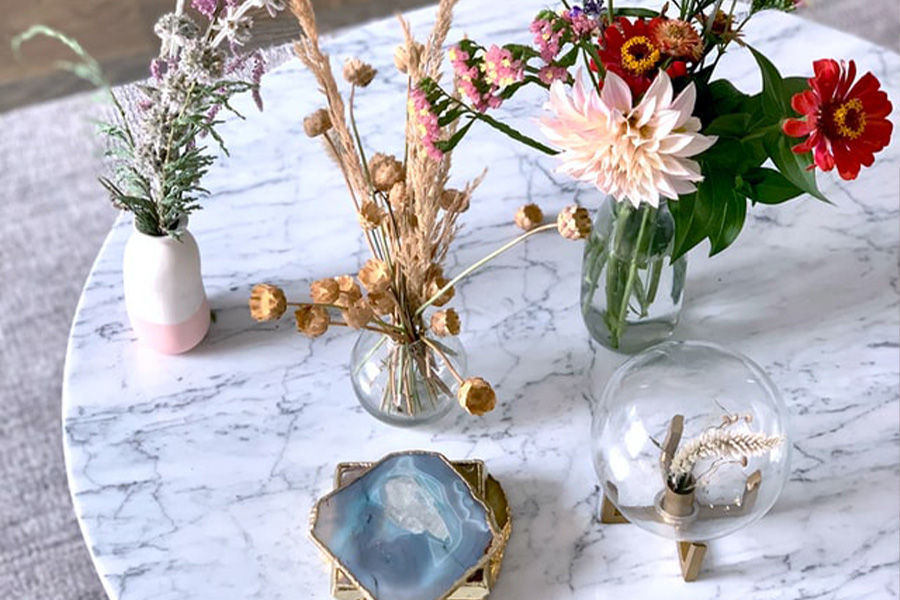
The cost of sintered stone is determined by square footage and varies according to size, color, shape, and design. On average, the price per square foot is $60 and will go up to $100 for installation. As a result, the cost can vary depending on the items needed for installation and the installer’s fee. Consumers are not advised to install it themselves unless they are professionals in the field.
The total cost will be around $3700 on average. The top end of this item may cost up to $5000, while the lower end will cost about $1000. One might think that this item is too expensive; however, most of these prices are comparable to quartz, so they should fit most budgets.
Why sintered stone is worth the hype
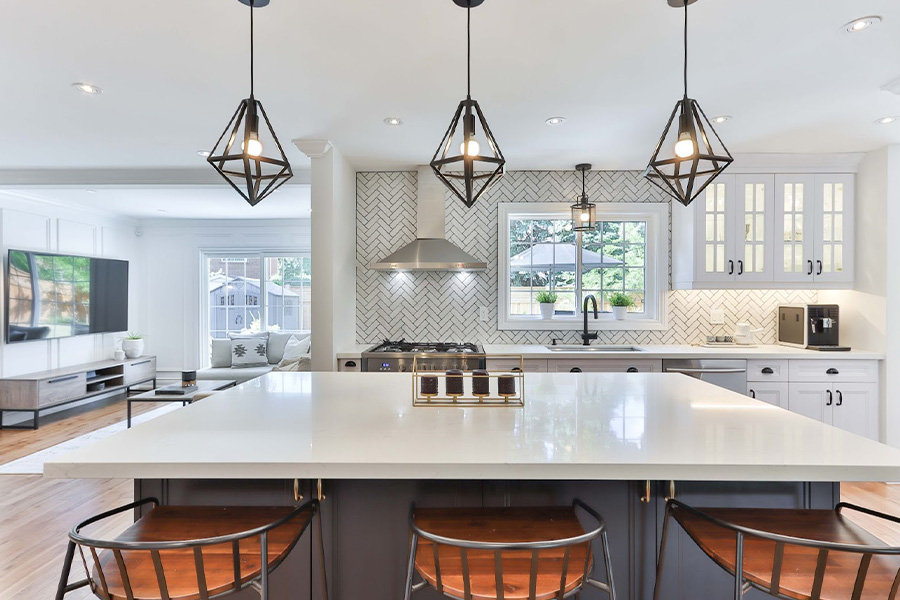
Sintered stone is the most recent product of modern innovation, designed to produce attractive slabs with a wide range of applications. These slabs are made entirely of natural materials and can be made in hours, as opposed to natural stones, which can take hundreds of years. Because they are artificial, manufacturers choose the color, texture, and size based on customers’ needs. Given how many customers prefer products that are tailored to their specific needs, sintered stone is likely to remain popular.
This artificial stone has several desirable properties: it is waterproof, weatherproof, scratchproof, resistant to extreme temperatures, highly flexible, and lighter than traditional tiles. It is used for kitchen countertops, table tops, wall paneling, and flooring. Due to its versatility and practicality, sintered stone will be a trendy item for a long time.
